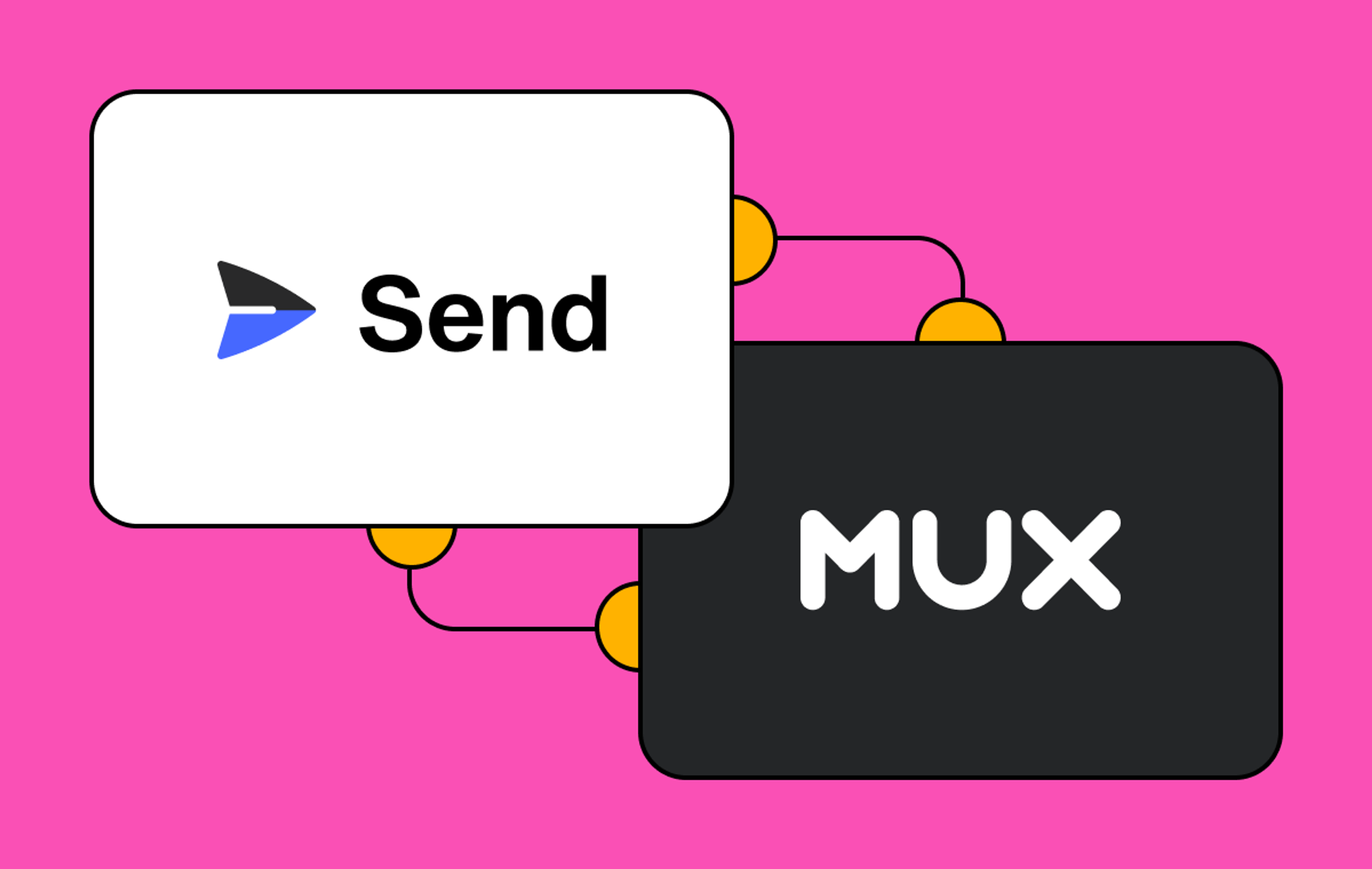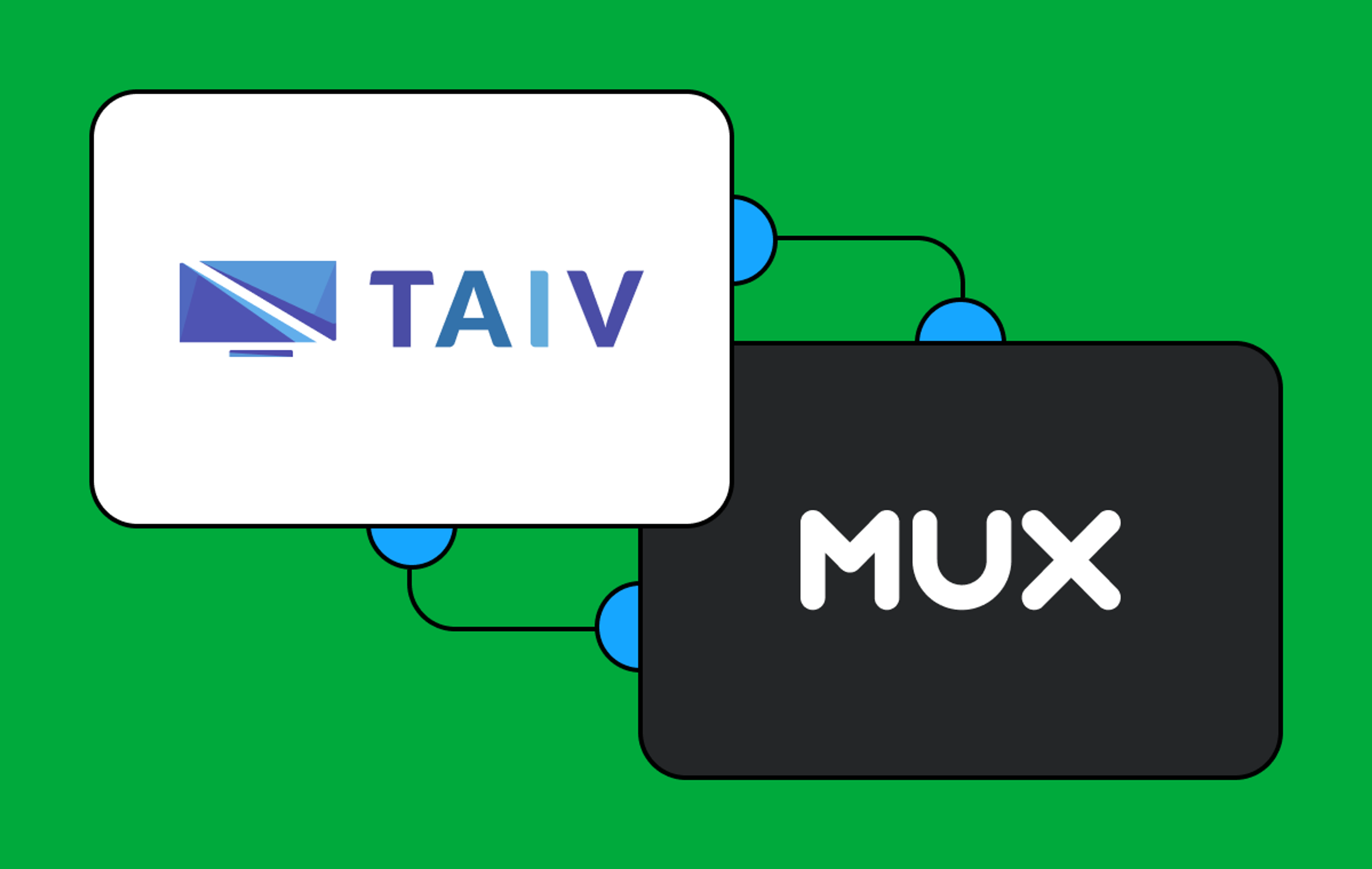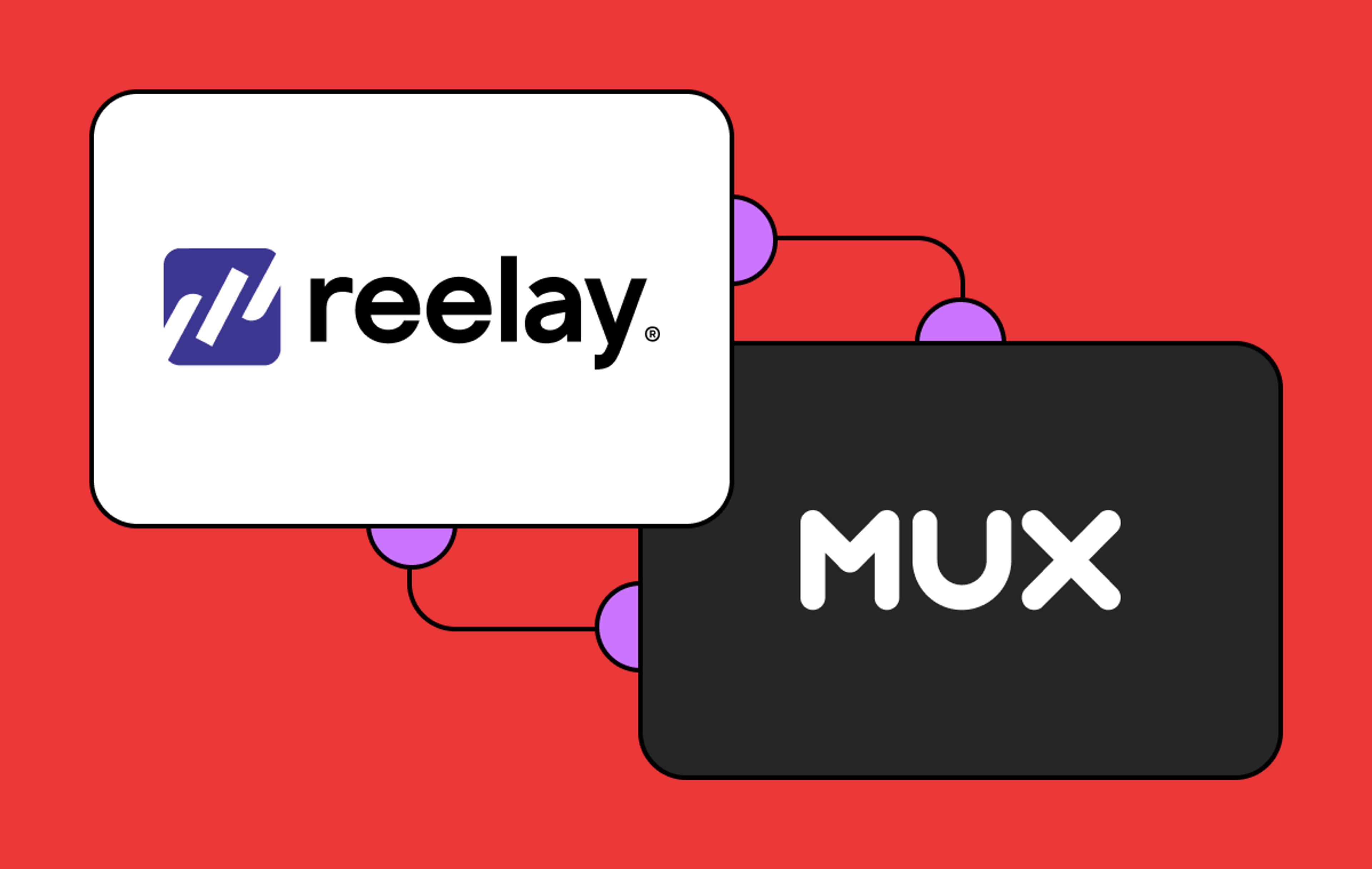IGN is a media company focused on video games and entertainment, producing news, reviews and other editorial content rooted in video games. More recently they've been seeing growth in other entertainment areas, such as movies, TV, anime and comic books.
They are producing around 20-50 videos a day. Most of these videos are short-form, probably 2-5 minutes in length, but they also produce multiple long-form (40-60 minutes) shows each week, and usually have a daily two hour livestream where some of their personalities play new video games before they are available to the public
Zac Shenker is the senior video engineer who directed the implementation of the new IGN video player, a project that Mux helped bring to fruition. Before IGN, Zac worked across the entire video pipeline, from cloud video encoding to custom CDNs to stereoscopic 3D systems used on feature films (including Mad Max: Fury Road).
I asked Zac to share his experience using Mux.
Eliot Miller: Hi, Zac, thanks for coming in and chatting to us. To start with, can you tell us what has your role been at IGN?
Zac Shenker: My role has been as Senior Video Software Engineer at IGN. I've been focusing on everything in the video delivery side of the world. It’s been everything from transcoding, some work with the API, our catalog systems, working with different CDN partners and migration to Multi-CDN and Peer-to-Peer CDN strategies.
The biggest project that we've been working on has been migration to a new video player [v4 to v6] that we've been building in-house on top of Video.js, and then integrating that player with our own UI elements using React.
Eliot Miller: Can you tell me more about this new player project IGN has been working on?
Zac Shenker: We've seen incredible improvement. Errors Rates reducing. Exits Before Video Starts lowering. More people are actually getting to our content and watching through the Ad. Seek Latency is down. Rebuffer Frequency is down significantly. Overall we're delivering a much better experience to our users.

We've been really happy with this migration and it’s now a player that the team at IGN knows, understands and trusts.
Through the whole process Mux has been an incredibly useful tool for us, in measuring a baseline and then understanding how things were improving as we were rolling out this new player across the site.
Eliot Miller: So what did you do for Quality of Experience data, before you had Mux?
Zac Shenker: There was always a lot of user complaints about video. Our comments section was always very noisy with users complaining about how terrible our video player was, and how bad of a video playback experience people were having.
Often users would be suggesting to other users that they should go to YouTube to watch our content because they'll get a better video experience there!
So a big driver behind the new player project was to be able to have more insight into what's going on and understand the experience our users are having. Previously, most of the metrics that were being tracked from the video player were more audience analytics for the purposes of advertising reporting.
Eliot Miller: So what are some ways that IGN has used data from Mux, and what have you been able to do with this data?
Zac Shenker: I think one of the first areas we started using Mux for was error reporting and understanding when users were having critical playback failures. Those cases where a user tried to play a video and something went wrong.
Mux allowed us to very quickly and very easily discover those issues that had been there for a long time, that we didn't have visibility into before.
Certainly a lot of the Google Analytics data and other user data we had was showing that watch times were decreasing once users were having bad playback experiences.
We were able to use that error reporting data to make improvements in the player and solve some common error cases. Mux allowed us to very quickly and very easily discover those issues that had been there for a long time, that we didn't have visibility into before.
Then we started looking more at the experience some of our users were having. We were paying a lot of attention to some of the metrics like Startup Time, the Exits Before Videos Starts, and looking particularly at Rebuffering to understand when a user when was having an interruption during the playback experience.
All of those areas we had no insight, no visibility into previously, and Mux has given us all of that.
And then through the Alerting features we've been able to get directed towards where some new issues happen. There have been a number of occasions where alerts have allowed us to realise issues in production deployment, issues with the API, or changes we made to the player itself, that have that caused issues for video playback experience.
Eliot Miller: Sounds like you use all of our features!
Zac Shenker: We certainly try to. It's been very useful as well as a comparison tool. As we've been migrating to the new player Mux allowed us to compare the performance of the old player versus the new player.
We integrated Mux into each of these players, and ran some synthetic benchmarks
I think one of the other really useful parts of Mux for us was when we were in the investigative stage of deciding on a new player technology to use. Helping us evaluate the different vendors we were looking at, as well as the different open source solutions.
We integrated Mux into each of these players, and ran some synthetic benchmarks. We've built our own automation framework to be able to run thousands and thousands of views and then generate data around how each of these players were performing. Then from that data we were able to decide on the player and the technology that was right for us.
Mux was invaluable in that process.
Eliot Miller: It sounds like transition to this new player has been a big project you've used Mux for. Going forward, do you still see a use for Mux?
Zac Shenker: I would say that there are always projects ongoing to try and continue to improve the video experience.
IGN has had a long history of issues with not the best HLS implementation. In some ways HLS has been a bit of a "dirty word" at IGN, around things like poor adaptive algorithms or just problems with browser integration. Now that HLS has stabilized a lot in the marketplace, there's a lot more interest now to look at HLS again.
As IGN continues to explore these new playback technologies, I think Mux will continue to be incredibly useful for measuring the impact of these changes.
Eliot Miller: To wrap up then, are there any new features you would like to see from Mux?
Zac Shenker: I think for IGN being a heavily Ad-supported business, an understanding of Advertising performance is probably the key one for us. There has been a lot of interest internally to try and build out some further reporting around how ads are performing to try to determine which Ads are problematic, but a lot of the time it’s a very manual process for us.
Again, as we did for the player, we're initially looking to establish some kind of baseline around how are our Ads performing and then start to use that data to understanding how can we improve the Ad experience, because that is one area that we do lose viewers on.
If the Ad Experience is poor, users may leave the site before they've even finished the wathcing the Ad, let alone the content.
Eliot Miller: Well thanks again for coming and talking to us today Zac. It has been really fascinating to hear about the ways you have utilised Mux.
If you’d like to try Mux for yourself, you can sign up for our free trial.



